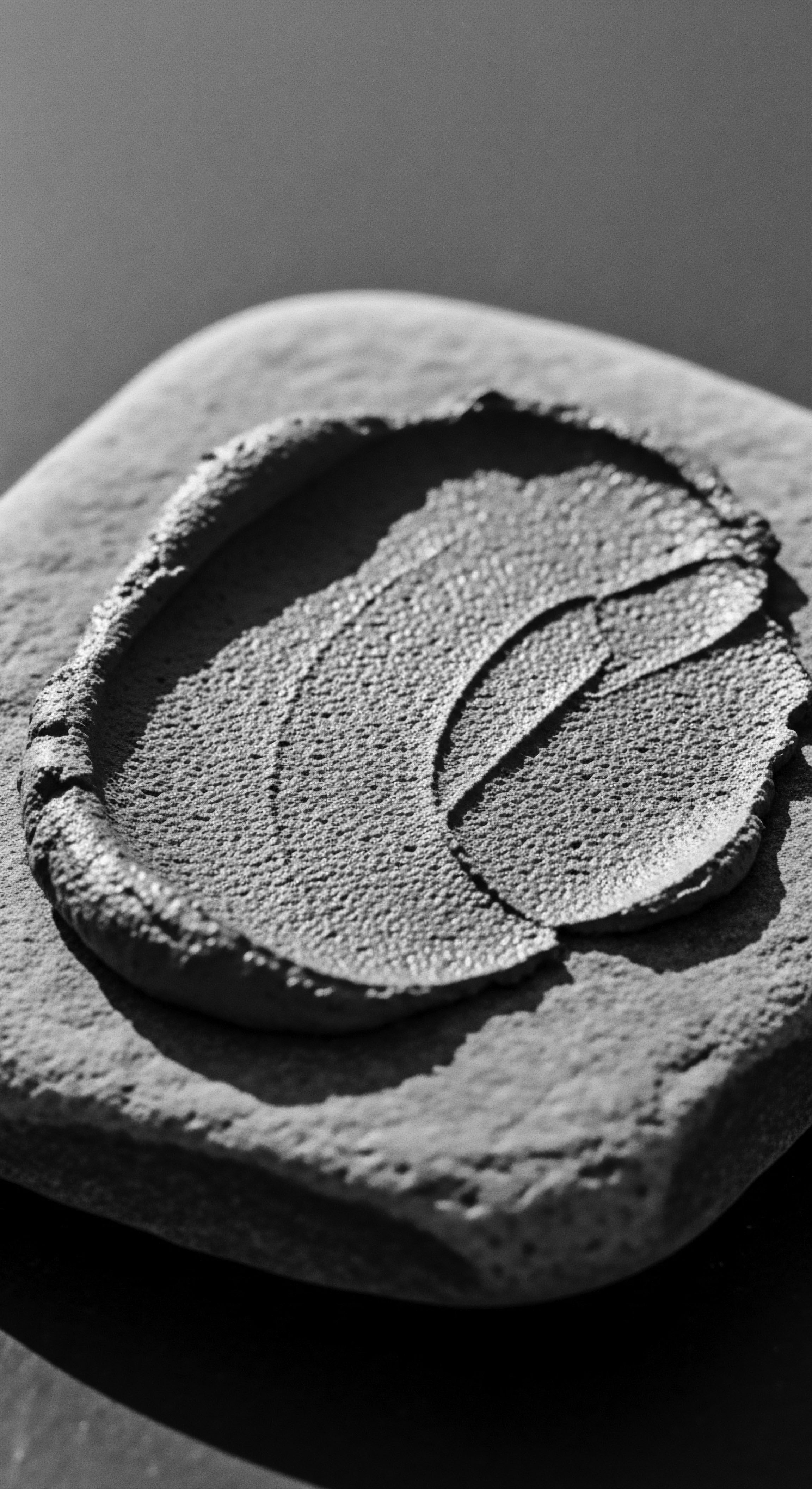
How does shea butter connect to ancestral hair care?
Shea butter connects to ancestral hair care as a time-honored, natural emollient, deeply integrated into practices for textured hair health and heritage.
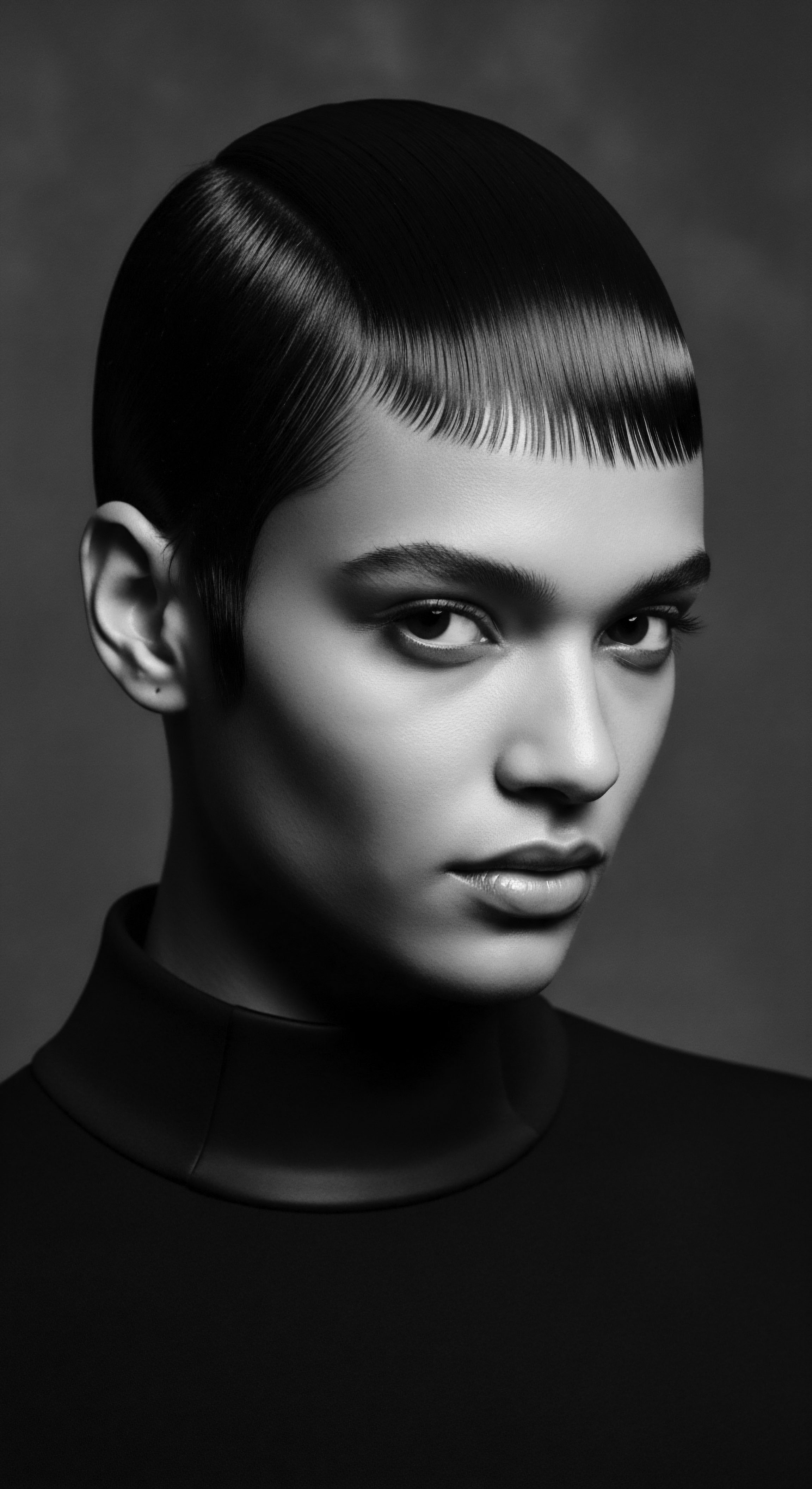
How did traditional butters aid ancient styling?
Traditional butters nourished, protected, and provided hold for ancient styling, reflecting deep textured hair heritage and ancestral ingenuity.
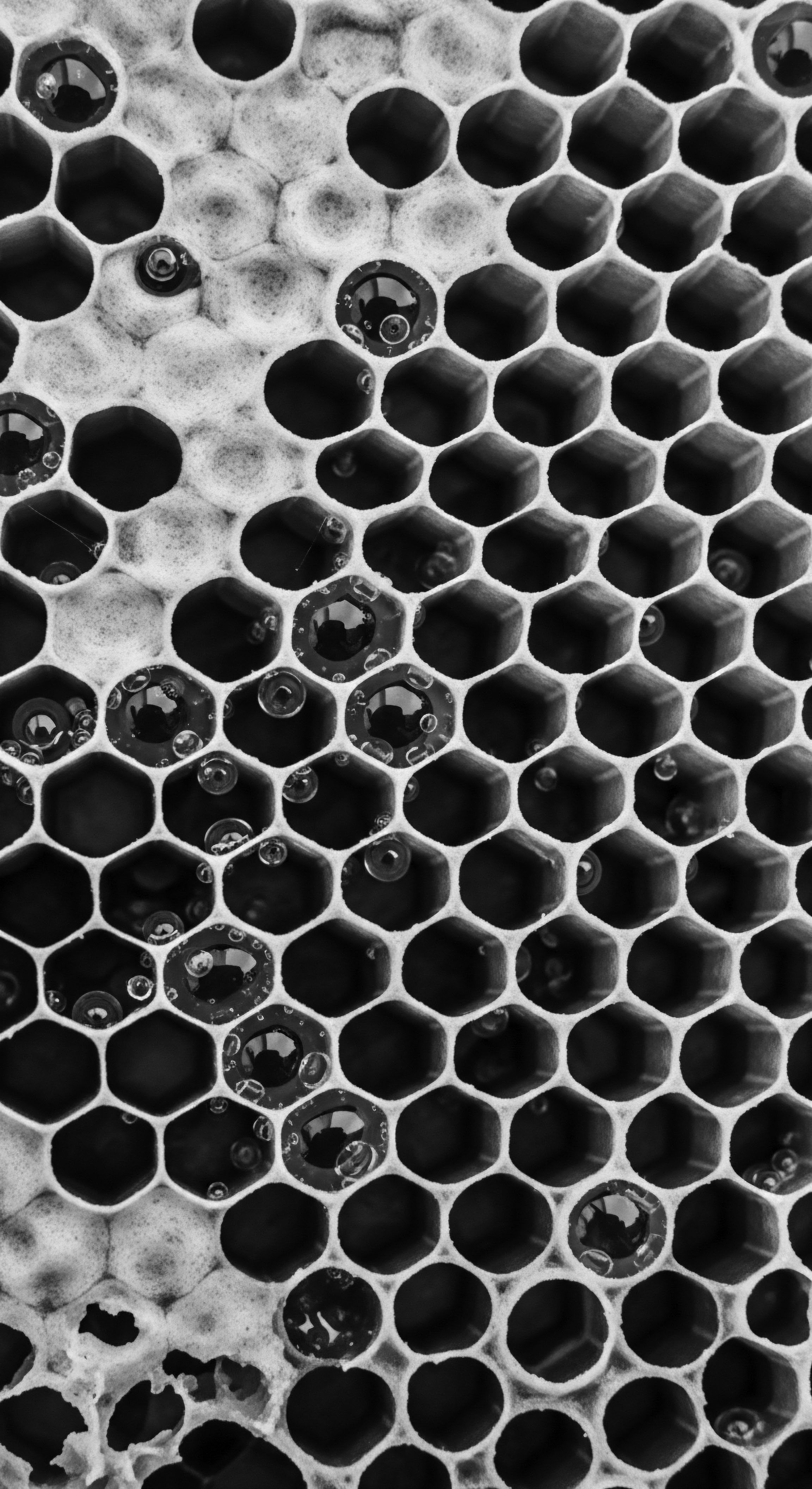
Hydrophobic Interactions Hair
Meaning ❉ Hydrophobic Interactions Hair defines the water-repelling nature of hair, crucial for the health and resilience of textured strands and honored in ancestral care practices.
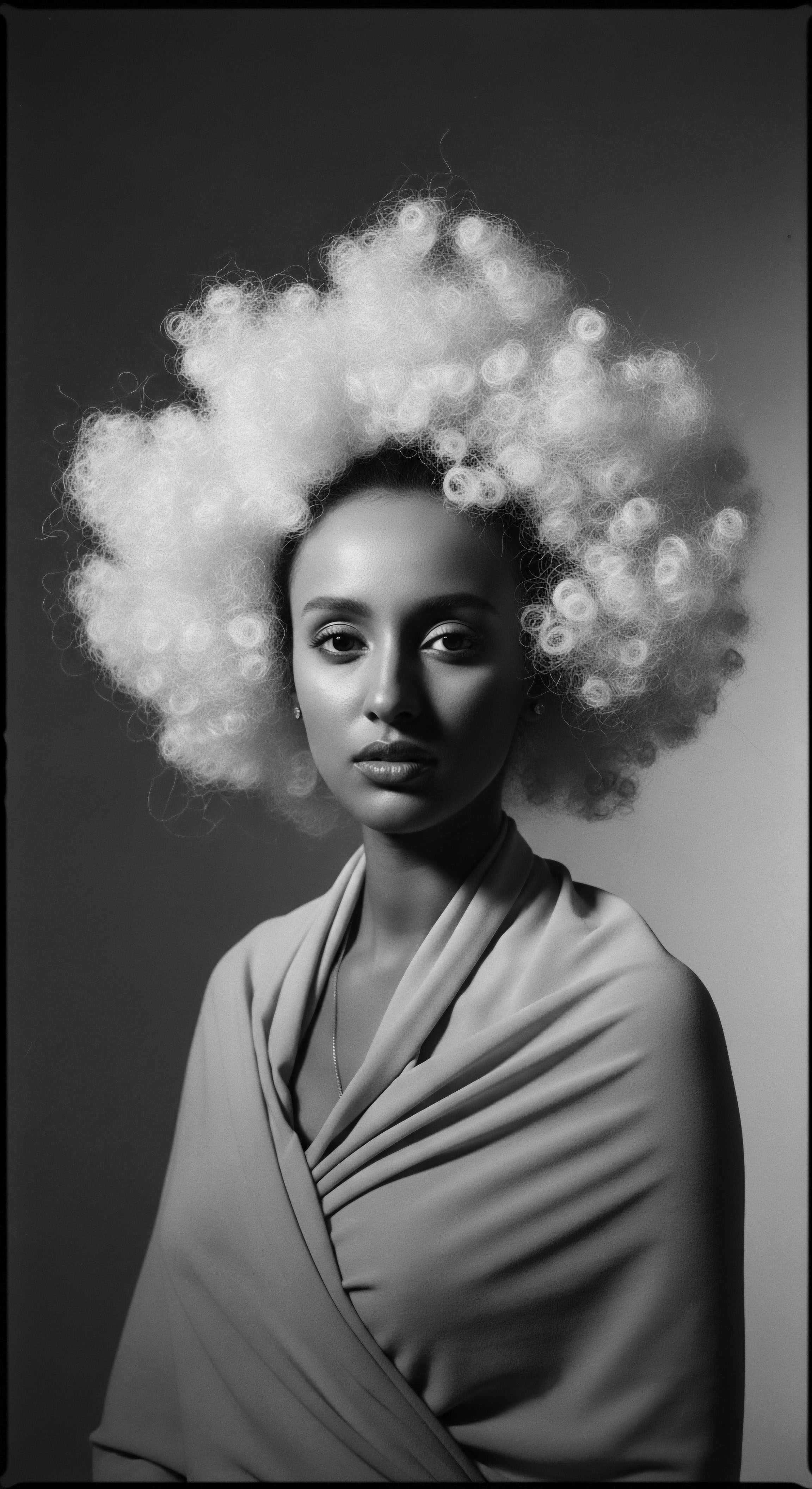
Textured Hair Keratin
Meaning ❉ Textured Hair Keratin is the unique fibrous protein forming coiled hair's structure, reflecting ancestral biology and deep cultural heritage.

Can textured hair be a source of personal empowerment and ancestral connection?
Textured hair is a powerful source of personal affirmation and ancestral connection, embodying a rich heritage of resilience and cultural identity.
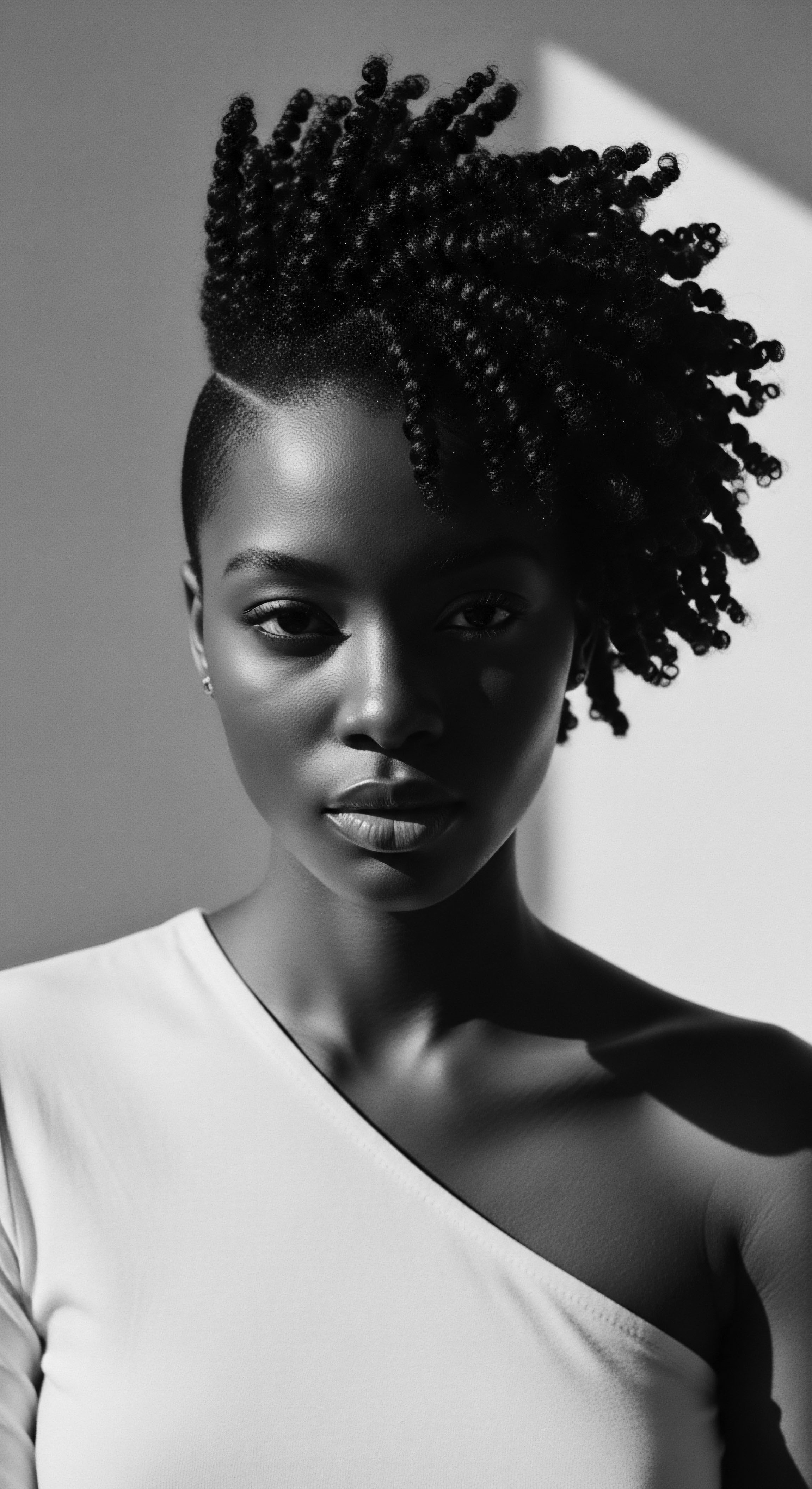
What cultural and scientific insights explain the enduring relevance of traditional oils for coiled hair?
Traditional oils for coiled hair endure through cultural heritage, scientific efficacy, and deeply ingrained ancestral practices.

